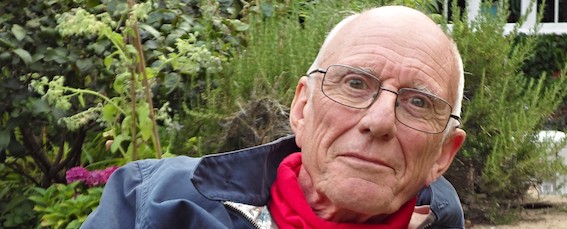#5 Who’s to blame
It is surprisingly hard to allocate blame for the Chernobyl accident. Within the soviet system, nuclear power stations could only have been designed by an ambitious and secretive scientific elite working with an ambitious and secretive technological elite to deliver the national ambitions they all shared and which were guided by a political elite who had complete power to advance a person to giddy heights, or consign them to outer darkness.
The design elite could only then hand their plans over to builders who worked in a system both corrupt and inefficient. The resulting plant could only be operated by a technological class which wanted to shine in front of its masters, and dare not question them.
There were highly educated people all along this chain, but they were working to production targets and in the dark.
By definition, everyone in this chain of processes was compromised. They would not have survived without being alert to the main chance.
The lower you look in the chain of command, the more trust and obedience of, say, the station’s control room operators was both impressive and dangerous. Some of them rather bravely questioned some of the steps towards disaster. They did their best as they pressed their buttons and flicked their switches. As you go up to the shift managers, and as the test went wrong, you find people who did their best to see past the increasingly redundant manuals and tried to work out what to do in the increasingly uncharted circumstances which were unfolding. When you arrive as high as you can go within the plant, you find the people who authorised the tests with a quite scary lack of awareness of their potential danger. But even they were diligent.
One might argue that culpability should rest at this level, within the plant’s senior managers. They authorised a test whose riskiness it was their business to understand, even if the power structure around them resisted questioning. But they could argue that the tests were part of unfinished business from the reactor’s commissioning and that they were fulfilling a duty.
Besides, it is arguable that at this level – within the plant – there was no-one with the authority to doubt the bland confidence and reassurance which came from the plant’s designers and the authorities which ordained that RBMKs were safe and robust.
In the end, the Soviet regime only branded as criminal half dozen people, all at plant level, and did not distinguish between their seniority. But many other much more senior people did feel the cold winds of official disapproval, even if amore propre often required that they stay in their posts.
What’s more many senior people within the old Soviet system felt intensely guilty about their role in the accident. One of them – and very far from the most blameworthy amongst them – killed himself.


04/11/12